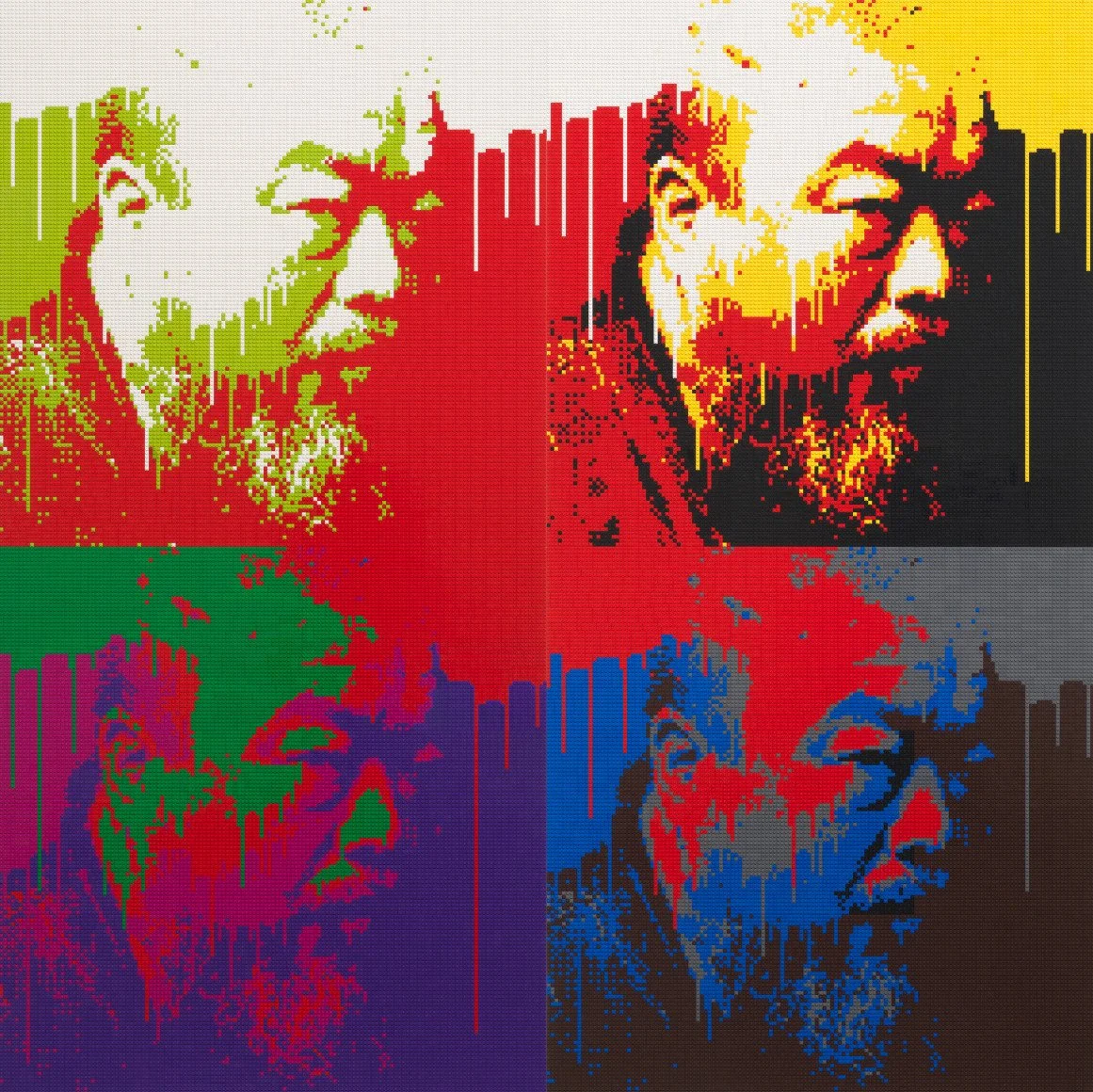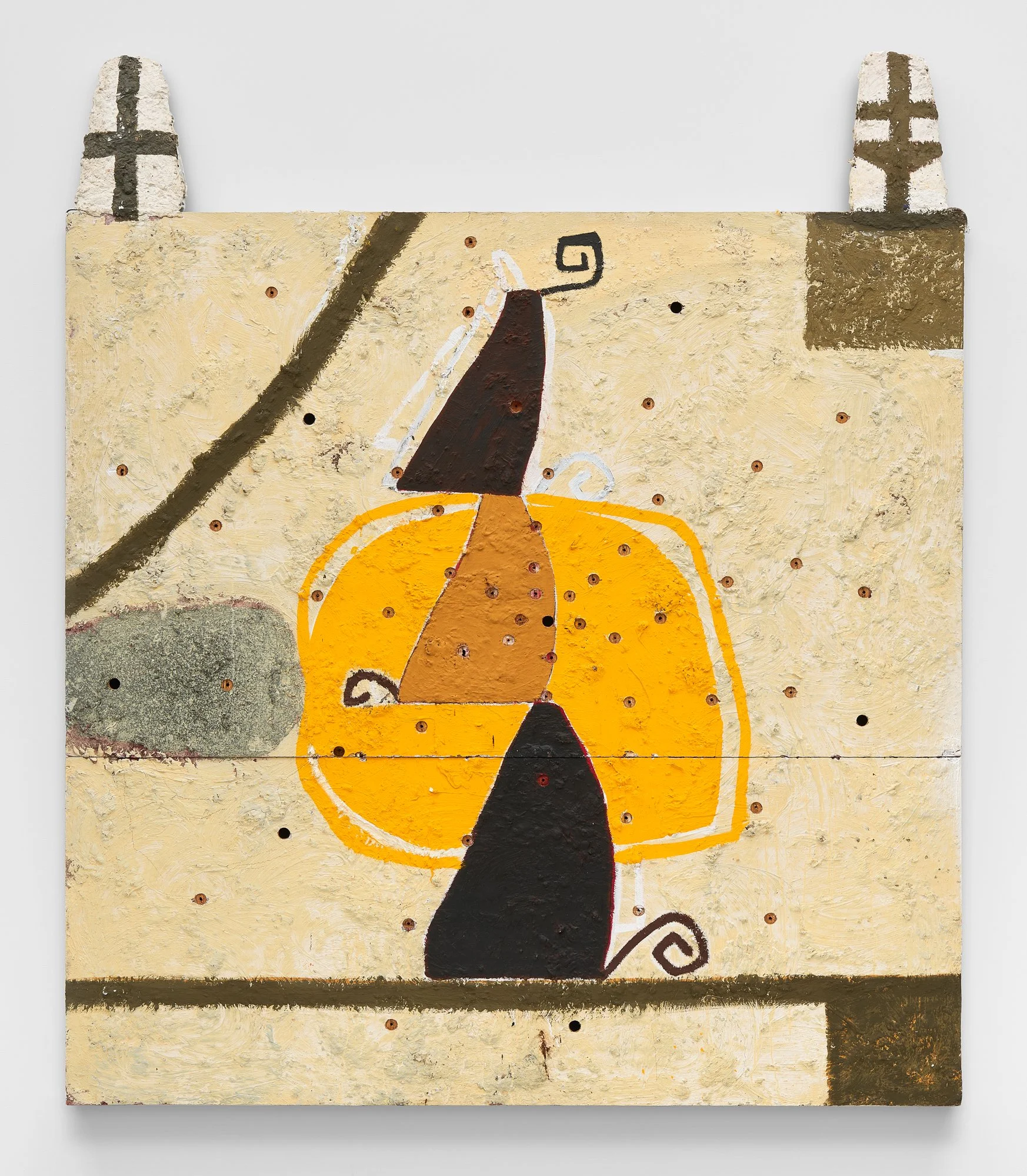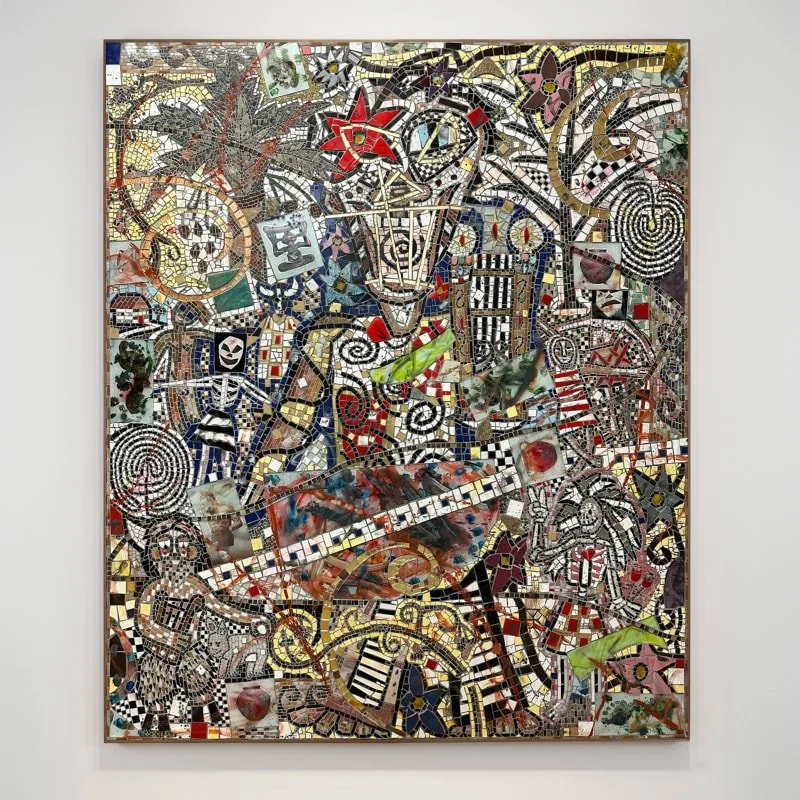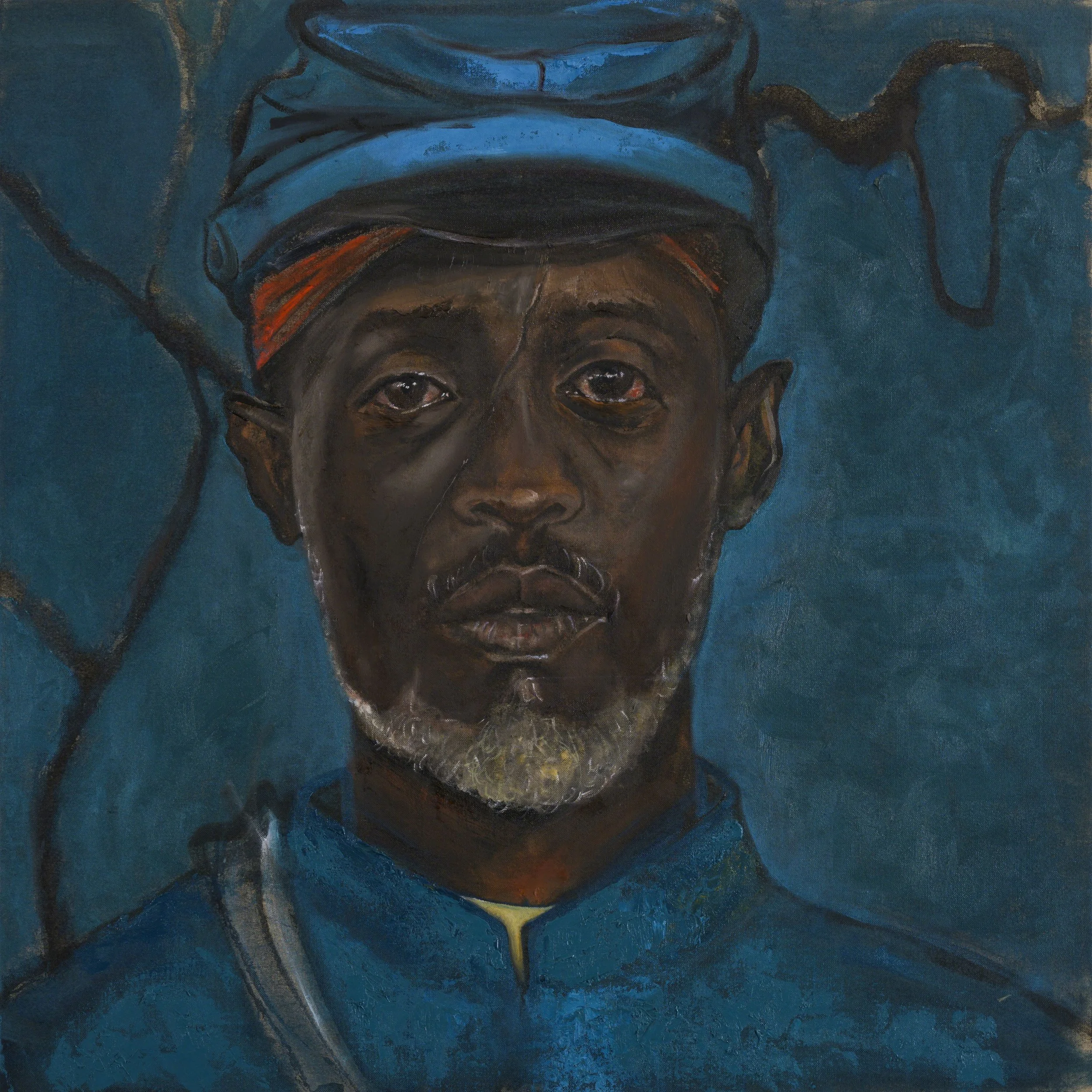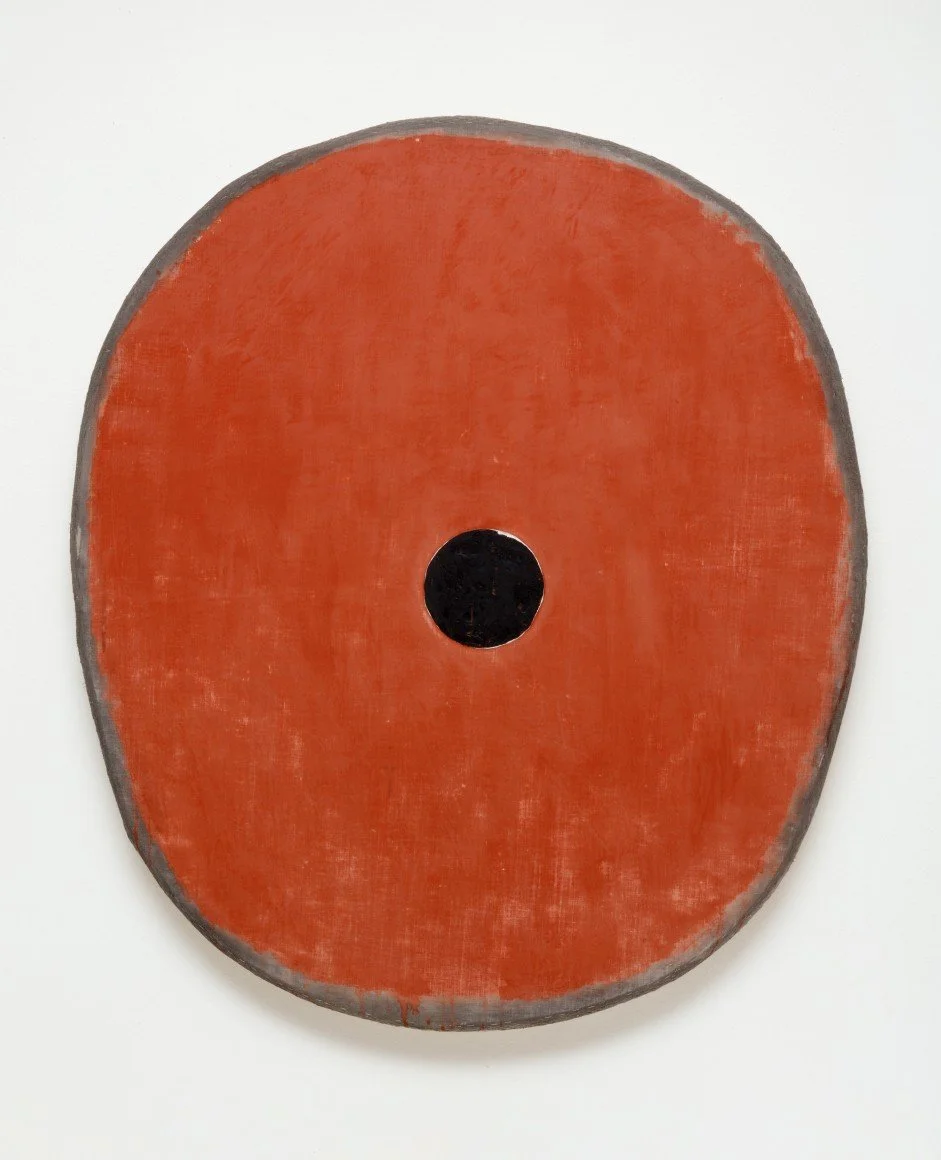Ai Weiwei
“Child’s Play”
New York, 455 West 19th Street| 360 West 11th Street
Ai Weiwei is among the most progressive global thinkers of our time, a controversial artist, and a master of craft. He famously works with materials spanning millennia, employing fabrication techniques as old as the antiquities that sometimes appear in his works. Toy bricks may seem counterintuitive within this oeuvre dotted with precious materials including porcelain, jade, gold, bronze pearl, and marble, but the logic is predictably innovative. Ai’s art has always intersected the worlds of design and contemporary manufacture, where LEGO and Woma bricks dwell, and his practice is famously transparent about the processes of human labor, which are also evident in these sculptural canvases. Since first being deployed in his 2014 exhibition @Large on Alcatraz, toy bricks have evolved to play an outsized role in Ai’s image practice. The increasing complexity and size of these works demonstrate his discriminating attention to detail and unparalleled commitment to craft.
Ai Weiwei is a New Yorker at heart. His nascent conceptual practice was shaped by Warhol, Duchamp, and within the ethos of the East Village in the Eighties — the last time he wielded a paintbrush was while living here. Decades later he replaces the hand of the artist with the smallest possible iteration of the ready-made, the toy brick. They are surprisingly versatile, and engage the full breadth of Ai’s art historical thinking, with obvious similarities to both pixels in digital images and tesserae in Hellenistic mosaics. He has also cited the efficiency and precision of these modular bricks in rendering images as comparable to the expressive freedom that followed the Song dynasty innovation of moveable type, with the addition of a vast palette of industrial colors.
The medium encompasses many concepts central to Ai Weiwei’s practice: appropriation, mass-production, and fragmentation. The images he chooses are conspicuously recognizable: some are photographs from newspapers, others vernacular art history; all are entangled with controversy. Each representation is altered slightly, personalized with self-reflexive details that illuminate his life, included here are cameos from some of his earliest NYC-era artworks. His own unsettling portrait from 2009, which documents a life-threatening assault by the Chinese authorities in Sichuan, is provocatively juxtaposed with the exhibition’s titular canvas, a recreation of Van Gogh’s Self-Portrait with Bandaged Ear.
Ai’s inclination to work with materials in large quantities, in multiples, and in abundance is embodied in his adoption of toy bricks as medium. Evidenced in some of his most compelling works, such as Sunflower Seeds (2010) at the Tate, or the fields of millennia-old fractured porcelain teapots in Spouts (2015). These images, now obfuscated through pixelation, are splintered into hundreds of thousands of tiny individual parts that materialize the leitmotif of fragmentation. Stepping back, they cohere into an image, while close looking reveals the autonomy of each brick. Each unit, each individual, a metaphor for our contemporary social experience.

